Trees, like humans, have their normal lifecycle, from germination onwards to mature trees. Within this lifecycle there are hazards that can affect tree health and their safety. In view of the large number of trees in Hong Kong and as health and structural conditions of trees change in step with their normal lifecycle as well as changes in the external environment, we look to the public for support in helping to monitor the conditions of trees in our community.
Common Tree Problems include
General Conditions
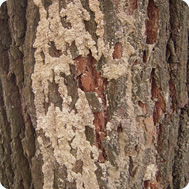
Pests and Diseases
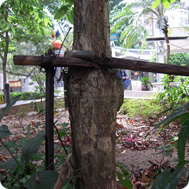
Improper cabling, supporting system
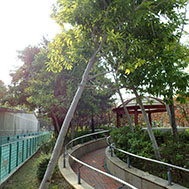
Leaning tree
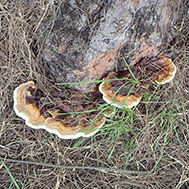
Fungal Fruiting Bodies
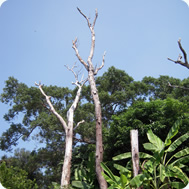
Dead Tree
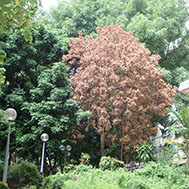
Poor health among same species
Crown Conditions
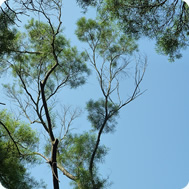
Dieback twigs on tree crown
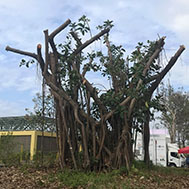
Topped tree
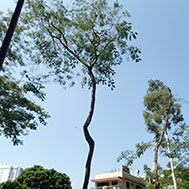
Low live crown ratio
Branch Conditions
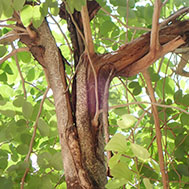
Cracks or Fissures on branches
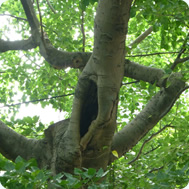
Cavity on branches
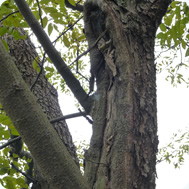
Decay on branches
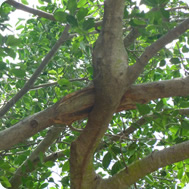
Crossed branches
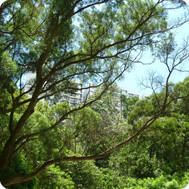
Dead branches
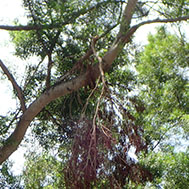
Hanger
Trunk Conditions
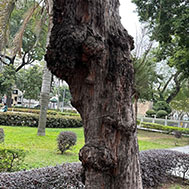
Swelling trunk(Gall)
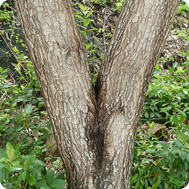
Co-dominant stems
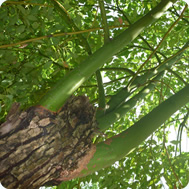
Epicormic shoot
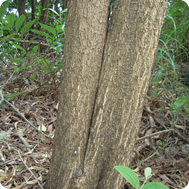
Included bark
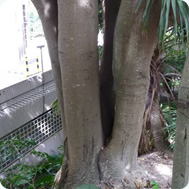
Multiple stems
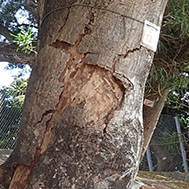
Cracks or Fissures on the trunk
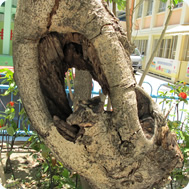
Cavity in trunk
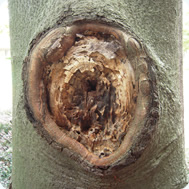
Decay in trunk
Root Conditions
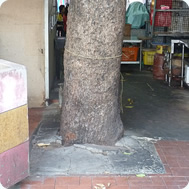
Invisible root collar
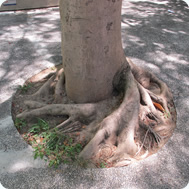
Girdling root
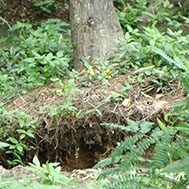
Uprooted
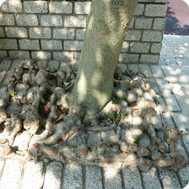
Restricted root growth
The Government has been promoting and engaging the public on greening and tree care activities. Community involvement does not only foster love and care to the green environment and trees, it also enhances public knowledge of tree management. To allow the public with better knowledge of tree care, we have compiled a list of Tips on Tree Care as below. We wish that the public by making reference to the tips can join us in the community surveillance and help us identifying the problematic trees in our community.
General Situation
In general, departments select the species based on the following considerations:-
- Purpose of greening and design Intention –
Depending on the purpose of the greening works and circumstances, for instance, for landslip prevention, afforestation, roadside tree planting, greening of open area, etc., designers will select appropriate species to suit. - Limitation of the planting site –
The conditions of the planting site and its surroundings, such as soil volume and condition, above and below ground space for growth, drainage, prevailing wind, microclimate and sunlight, will limit the choice of tree species to be planted. Departments will evaluate the conditions of the planting site and match with the characteristics and growing requirements of plants to decide the species.
To learn more about the government's greening projects, please visit the website here
Topping removes leaf-bearing branches that provide food by photosynthesis. This temporarily starves a tree and dormant buds are activated for rapid growth of multiple new shoots below each topping cut. Topping will seriously weaken a tree if it does not have adequate reserve to develop new shoots. Furthermore, these new shoots grow rapidly but have weak attachment to the parent branches. They are prone to breakage, especially during windy conditions, and this increases the risk of branch failure.
The topping cuts along a limb between branches create stubs with wounds which may not be able to close. The wounds provide openings for entry of decay organisms. The stressed tree with large open pruning wounds will be more susceptible to decay and pest attacks. Topping also creates ugly stubs and destroys the natural tree form. This adversely affects its amenity value.Tree wounds do not "heal" by replacing the dead and damaged tissue with new tissue. A tree reacts to form barriers around the wounded area to limit the spread of decay. New tissues may be developed at the margins of the wounds to form wound wood to cover the wound if the damaged area is not large. This process is known as "Compartmentalisation of Decay In Trees" (CODIT).
Although the exterior can have a normal appearance upon wound closure, wood may still decay inside. So minimizing the extent of wounds, particularly during pruning operation, is important.Proper tree maintenance contributes to the healthy growth and good form of trees. Many tree failures are triggered by poor tree maintenance such as improper pruning, topping, damage to the root system and other malpractices in tree care. The key points in minimising tree risk are available here.
For more information about tree maintenance for private properties, please visit the website here.
Members of the public may report problematic trees to the "1823" Call Centre. Operating round-the-clock and with the capability to receive public complaints/enquiries via telephone, email, fax or letter, the "1823" Call Centre serves as an effective, centralised platform for the public to lodge tree complaints and enquiries.
Reports may also be made using the "Tell me@1823" app for smart-phones. Members of the public may submit photographs along with voice descriptions or text when reporting problematic trees. Equipped with a geospatial functionality, "Tell me@1823" also captures the physical location of the tree under complaint. The app can be downloaded here.
Please refer to the pictorial guide on how to identify health and structural problems of trees.